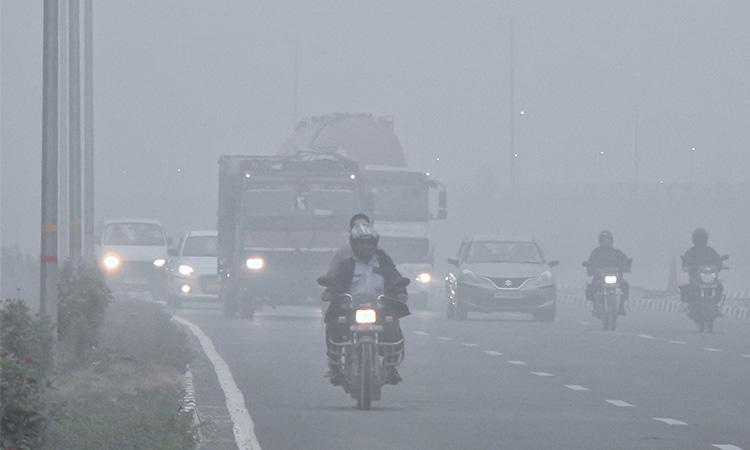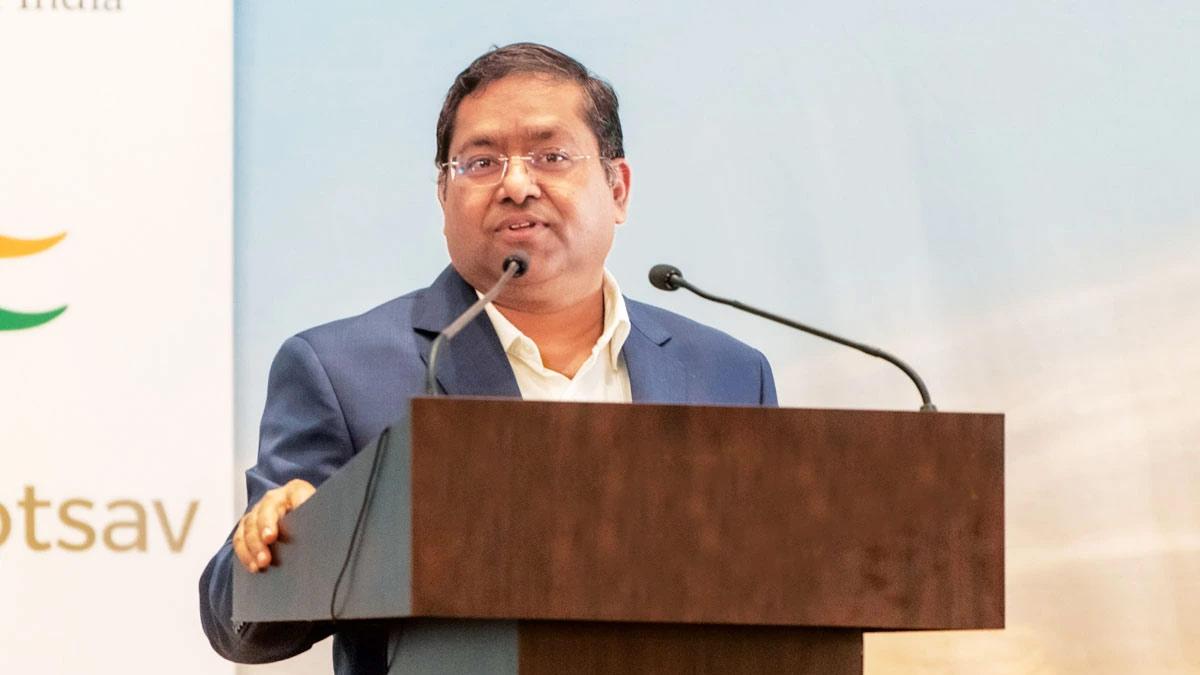The air quality in Delhi took a concerning turn on Friday evening, sliding into the "very poor" category as the city's overall Air Quality Index (AQI) hit 398, according to data sourced from the System of Air Quality and Weather Forecasting And Research (SAFAR).
Specifically, at Anand Vihar station, there was a shift into the "moderate" category, displaying PM 2.5 levels at 133 and PM 10 at 185 by 6 p.m. Additionally, the CO levels stood at 106, remaining within the "moderate" range as per the Central Pollution Control Board (CPCB).
For context, AQI levels are categorized as follows: 0-50 is "good"; 51-100 is "satisfactory"; 101-200 is "moderate"; 201-300 is "poor"; 301-400 is "very poor"; and 401-500 is deemed "severe".
The Bawana station reported PM 2.5 levels at 318, reaching the "very poor" category, while PM 10 registered at 254, denoted as "poor", and CO levels reached 70, classifying as "satisfactory".
At Aya Nagar, PM 2.5 recorded 224, categorized as "poor", while PM 10 at 178 fell within the "moderate" range. CO levels were noted at 66, signifying "satisfactory" air quality at 6 p.m.
Dwarka Sector 8 station showed alarming readings with PM 10 at 452, marking it as "severe", and PM 2.5 at 341, categorized as "very poor".
The air quality at the Indira Gandhi International (IGI) Airport T3 area reflected a "very poor" status with PM 2.5 at 315 and PM 10 at 202, both landing in the "poor" category. Meanwhile, CO reached 98 and NO2 stood at 53, maintaining "satisfactory" levels.
Okhla Phase-II displayed PM 2.5 at 297 and PM 10 at 279, both classified as "poor". The NO2 levels registered at 169, while CO was recorded at 117, categorizing both pollutants at "moderate" levels.
Lastly, Siri Fort showcased an AQI with PM 2.5 concentration at 328, falling into the "very poor" category, and PM 10 at 244, categorized as "poor". CO readings were at 102, signifying a "moderate" level of pollution.
NGT Mandates Stringent Measures to Improve Air Quality in Delhi-NCR
The National Green Tribunal has stepped in once again, directing several key authorities, including the Central Pollution Control Board (CPCB) and the Delhi Pollution Control Committee (DPCC), to enforce robust measures aimed at ameliorating the Air Quality Index (AQI) in Delhi-NCR.
Despite prior interventions, the tribunal highlighted a glaring lack of "visible improvement" in the capital's air quality. As a result, it has mandated these concerned authorities to present an updated action taken report by November 20, outlining stringent measures they've undertaken.
Taking proactive action on the worsening air quality in Delhi, the tribunal, under the leadership of Justice Prakash Shrivastava, had earlier served notices to pivotal entities like the DPCC, CPCB, Municipal Corporation of Delhi (MCD), and the Commission for Air Quality Management (CAQM) for NCR and surrounding regions.
After reviewing reports filed by the DPCC, CAQM, and the Delhi Government, the tribunal emphasized the necessity for a comprehensive approach in managing ambient air quality. This includes measures addressing industrial pollution, curbing diesel generator sets, tackling stubble burning, and controlling dust emissions.
While acknowledging the technical interventions suggested by the CPCB, the tribunal expressed dissatisfaction with the lack of transparency concerning their application and effectiveness.
The Delhi Government's report identified various pollution sources, such as vehicular emissions, road dust, ongoing construction activities, open burning, and crop residue burning, as significant contributors to the pollution crisis.
Despite reported efforts to combat air pollution, the tribunal deemed the on-ground outcomes unsatisfactory, particularly during the period from October 20-30, coinciding with a notable deterioration in air quality.
Therefore, the tribunal has urged these agencies to reassess their strategies and craft more effective solutions to ensure adherence to permissible AQI limits in Delhi and NCR.
Given the persistent poor air quality, these authorities are now under a mandate to enforce stringent measures, with a strict deadline set for submitting a revised action taken report during the upcoming proceedings slated for November.
(With Agency Inputs)
ALSO READ | Persistent Woes: Delhi's AQI Remains in 'Severe' Category
ALSO READ | Delhi's Air Quality Maintains 'Severe' Status


















